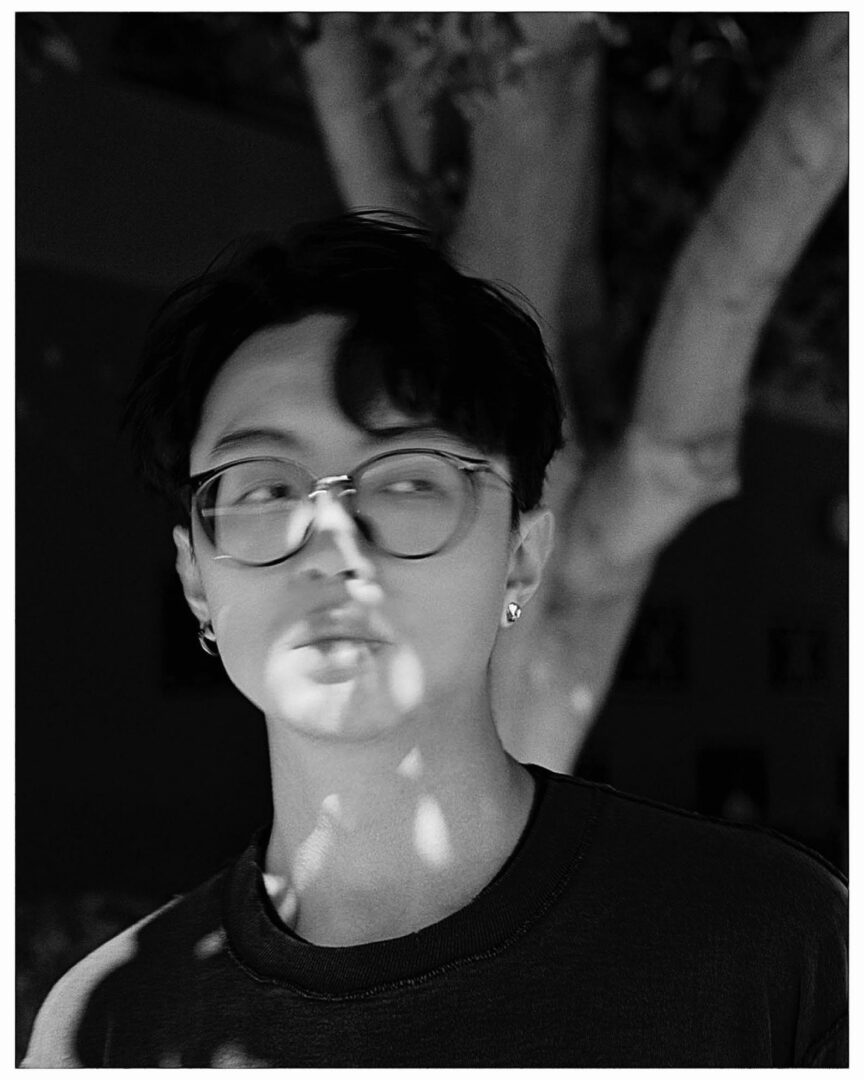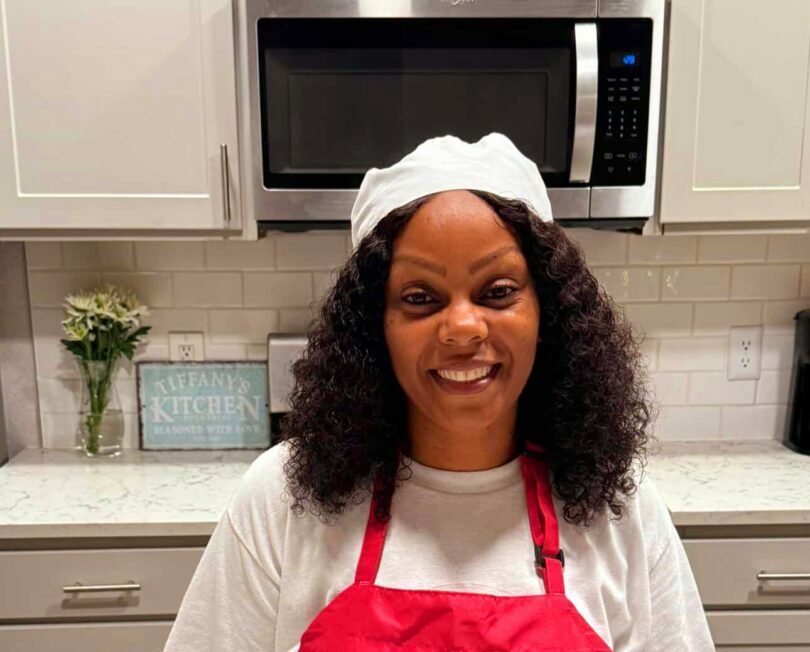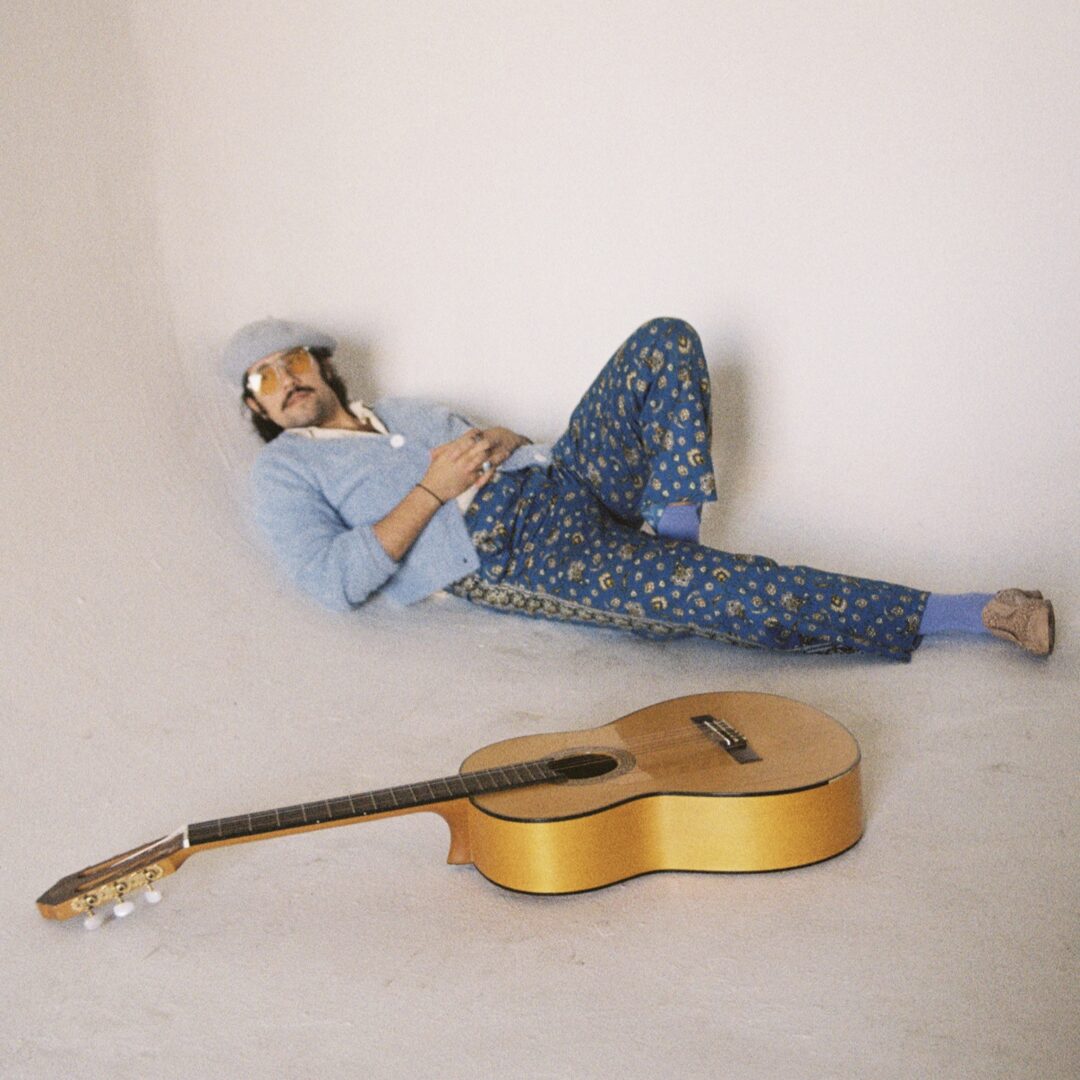We caught up with the brilliant and insightful Sean Meng a few weeks ago and have shared our conversation below.
Hi Sean, appreciate you sitting with us today to share your wisdom with our readers. So, let’s start with resilience – where do you get your resilience from?
My resilience comes from my passion for creating. As both an architecture and fashion designer, I constantly face challenges, whether it’s pushing the boundaries of form in design or solving unexpected problems in the creative process. I’ve learned to embrace these obstacles as opportunities to innovate. The discipline and patience required in architecture have taught me to be methodical, while fashion’s fast-paced nature has sharpened my adaptability. It’s this balance between structure and fluidity that fuels my resilience. Every project is a reminder that with persistence and creativity, solutions will always emerge.
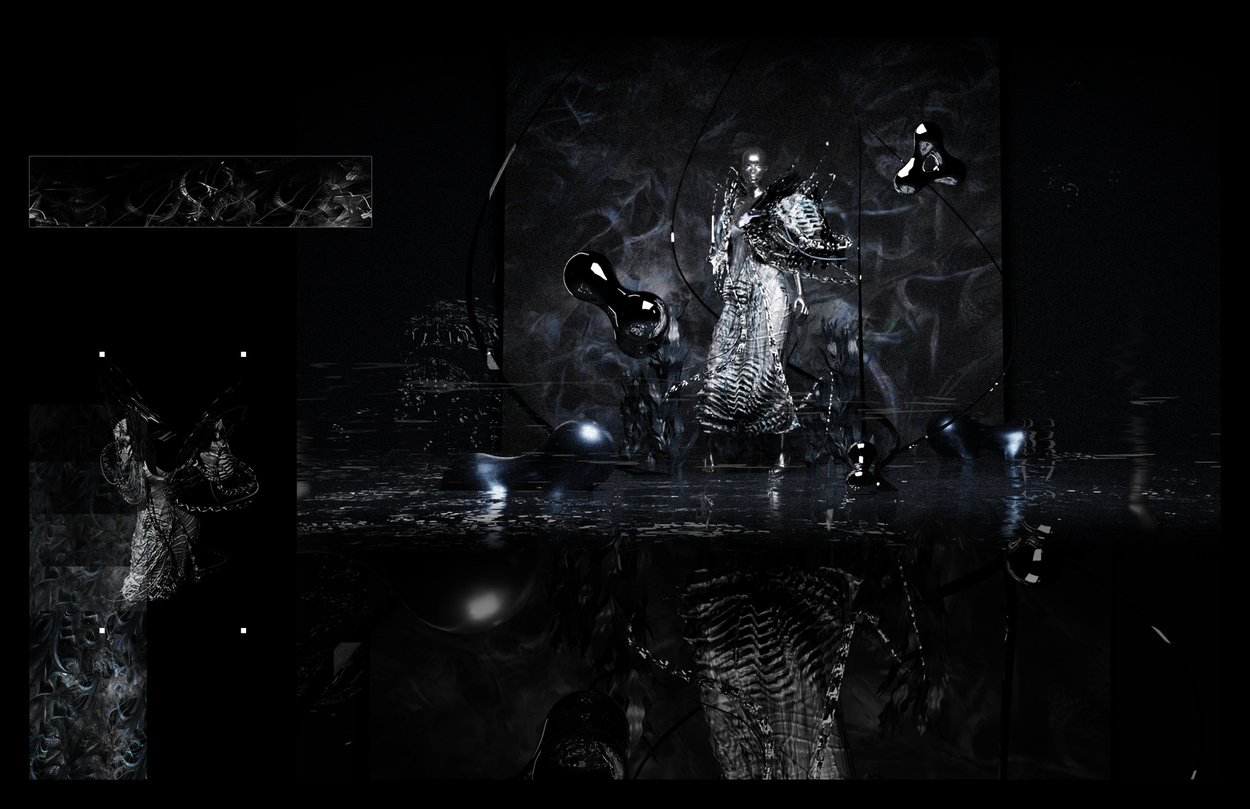
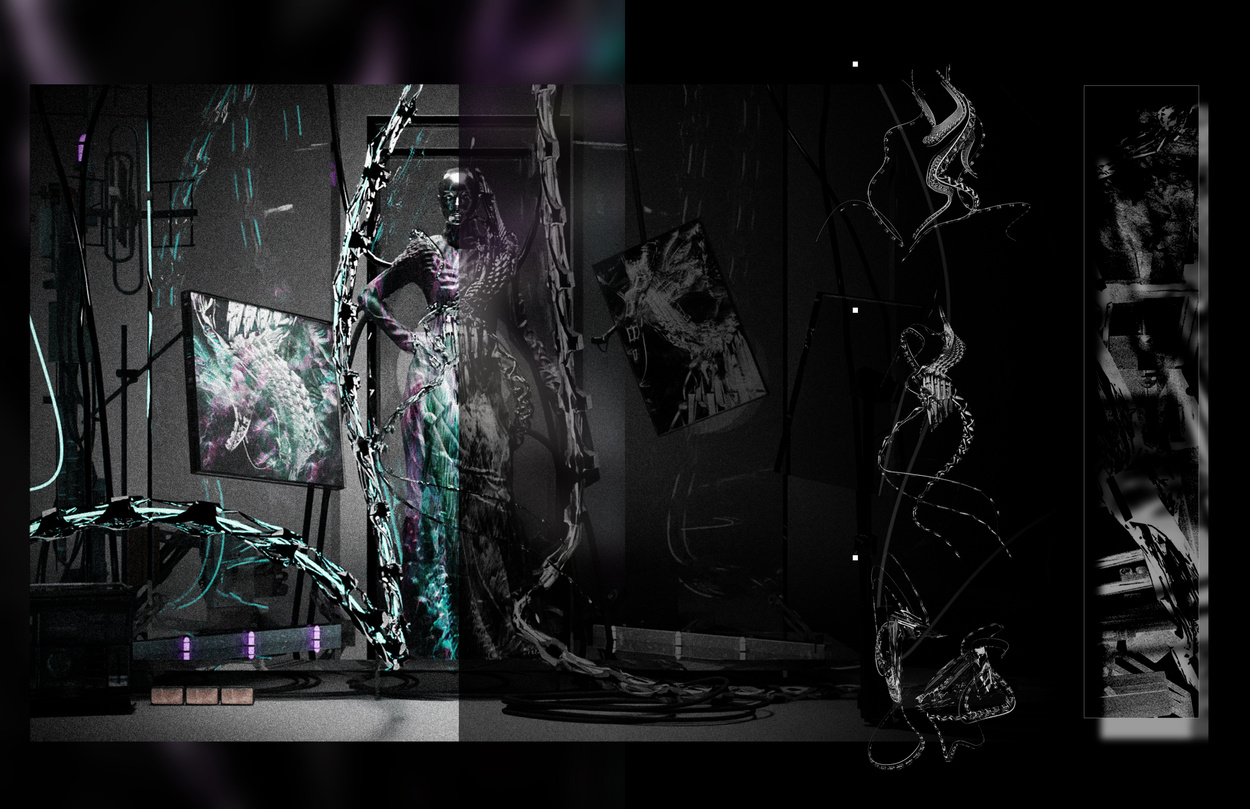
Let’s take a small detour – maybe you can share a bit about yourself before we dive back into some of the other questions we had for you?
Growing up, I was always a highly visual person. My childhood was filled with drawing and painting, and I quickly became obsessed with expressing myself through visual language. This passion only intensified during my college years, leading me to major in design. Choosing a specialization, however, was no easy feat. Torn between fashion design and architecture, I ultimately chose architecture to gain a deeper technical understanding of building and spatial experience.
Despite my architectural training, which spanned five intense years, I found myself on a fascinating parallel path that intertwined fashion and architectural thinking. This unique blend allowed me to participate in two fashion shows as a fashion designer while studying architecture. These shows, heavily inspired by my architectural projects, showcased runway fashion lines that were reflections of my broader design thinking and personal aesthetic.
In 2020, the pandemic brought about a significant shift in my perspective. As physical interactions became limited, I was astounded by the role digital technologies and virtual reality could play in design thinking. This realization prompted me to pursue a master’s degree at UCLA, where the focus was on integrating architectural design methodologies with emergent technologies like virtual/augmented reality, artificial intelligence, and fictional world-building. The endless possibilities these technologies offered to empower creative industries were fascinating, leading my work to shift more towards the digital realm, encompassing interactive media art and digital fashion.
Armed with a new set of skills, I joined a Los Angeles-based architecture design office as a full-time architectural designer. My aim was to translate the knowledge I had gained in academia into a professional industrial setting. Concurrently, I continued to nurture my passion for fashion through a multidisciplinary creative practice I recently launched called “scfld.ws.” This venture embodies my vision of allowing my inspirations from both fashion and architecture to bleed into one another, resulting in unique design outputs that represent my distinctive design language.
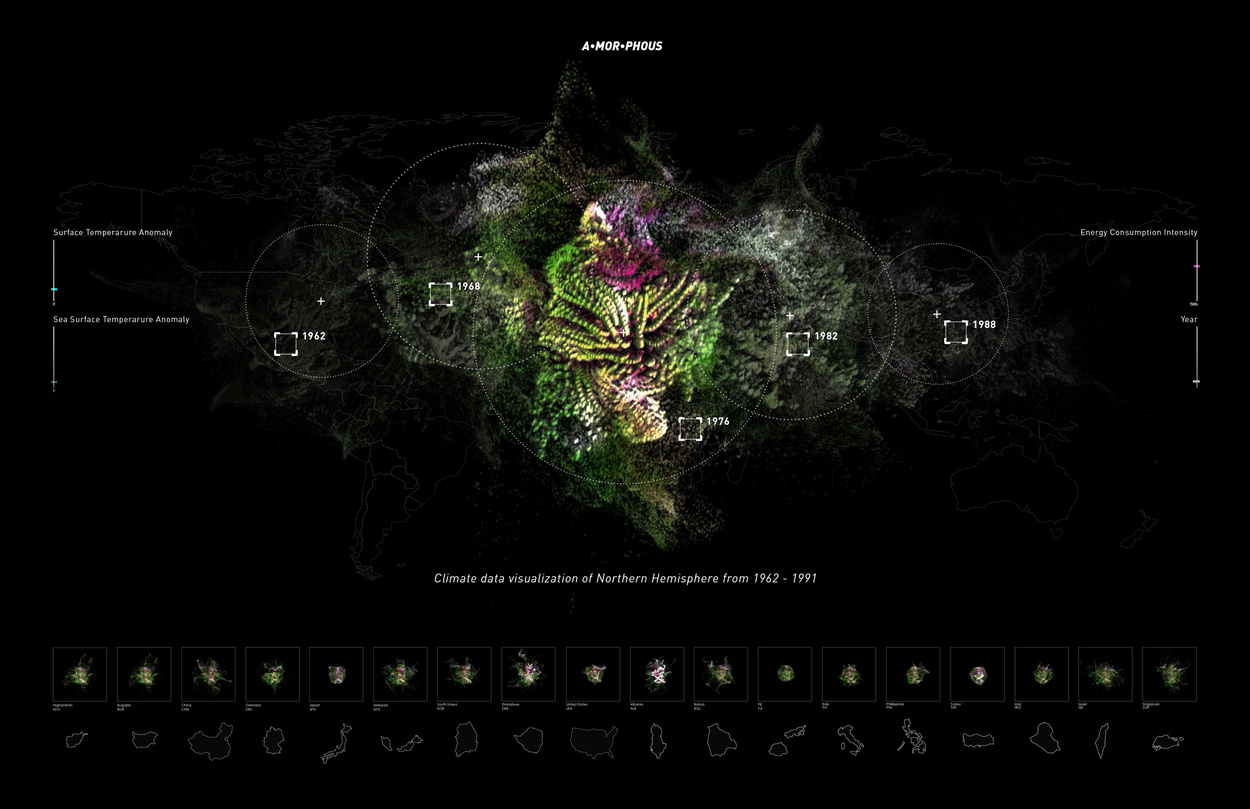
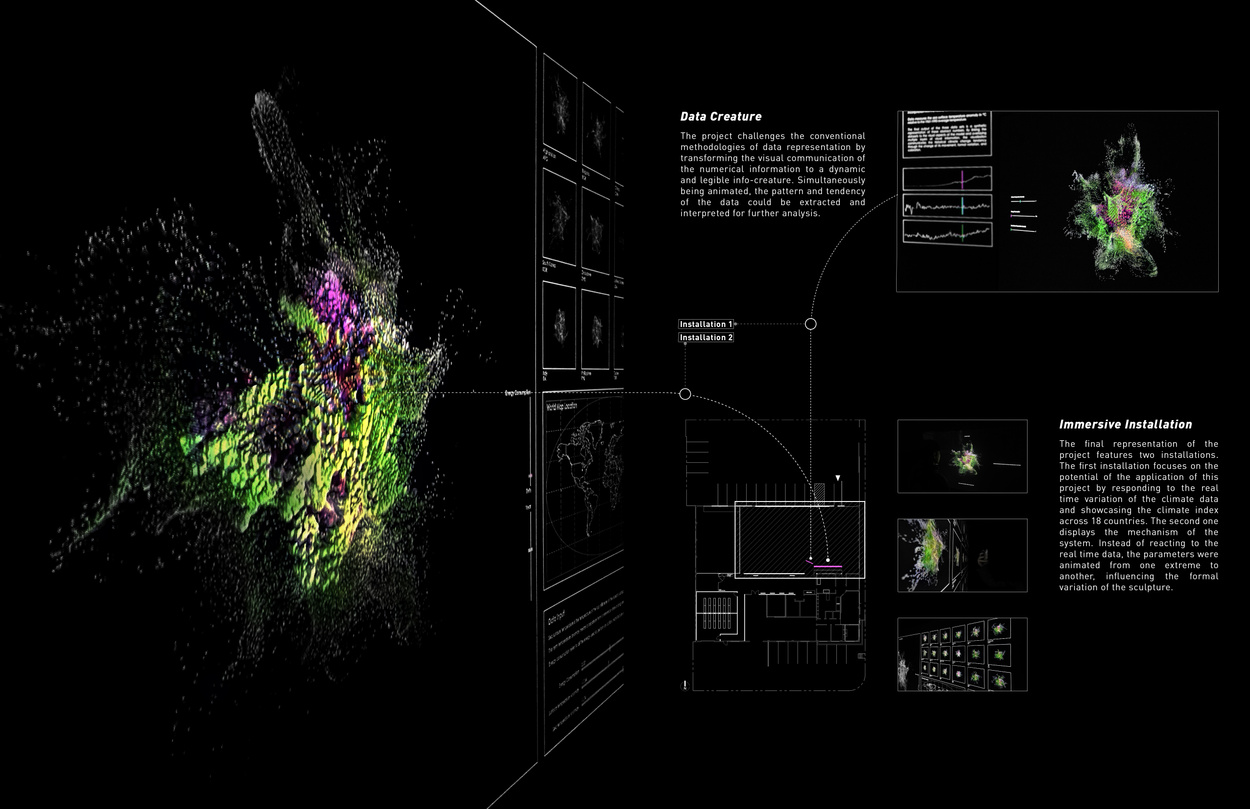
Looking back, what do you think were the three qualities, skills, or areas of knowledge that were most impactful in your journey? What advice do you have for folks who are early in their journey in terms of how they can best develop or improve on these?
Adaptability has been crucial, especially working in two fields as dynamic as architecture and fashion. Each project presents unique challenges, and being able to pivot, learn quickly, and apply new methods is essential. To develop this skill, I’d advise embracing change—seek opportunities outside your comfort zone and remain open to feedback.
Attention to detail is another quality that has shaped my work. Whether I’m designing a building or crafting a garment, the smallest elements can define the final outcome. For those starting out, focus on honing this skill through practice. Take time to observe, revise, and refine your designs meticulously.
Lastly, interdisciplinary thinking has been vital. Drawing connections between architecture and fashion allows me to approach design from a broader perspective, creating more innovative solutions. For beginners, I recommend exploring ideas outside your primary field of study. Collaborate with people in different industries, and don’t be afraid to mix diverse concepts in your work.
My advice is to be curious, stay resilient, and continuously learn from different disciplines and experiences. That’s how you grow creatively and professionally.”
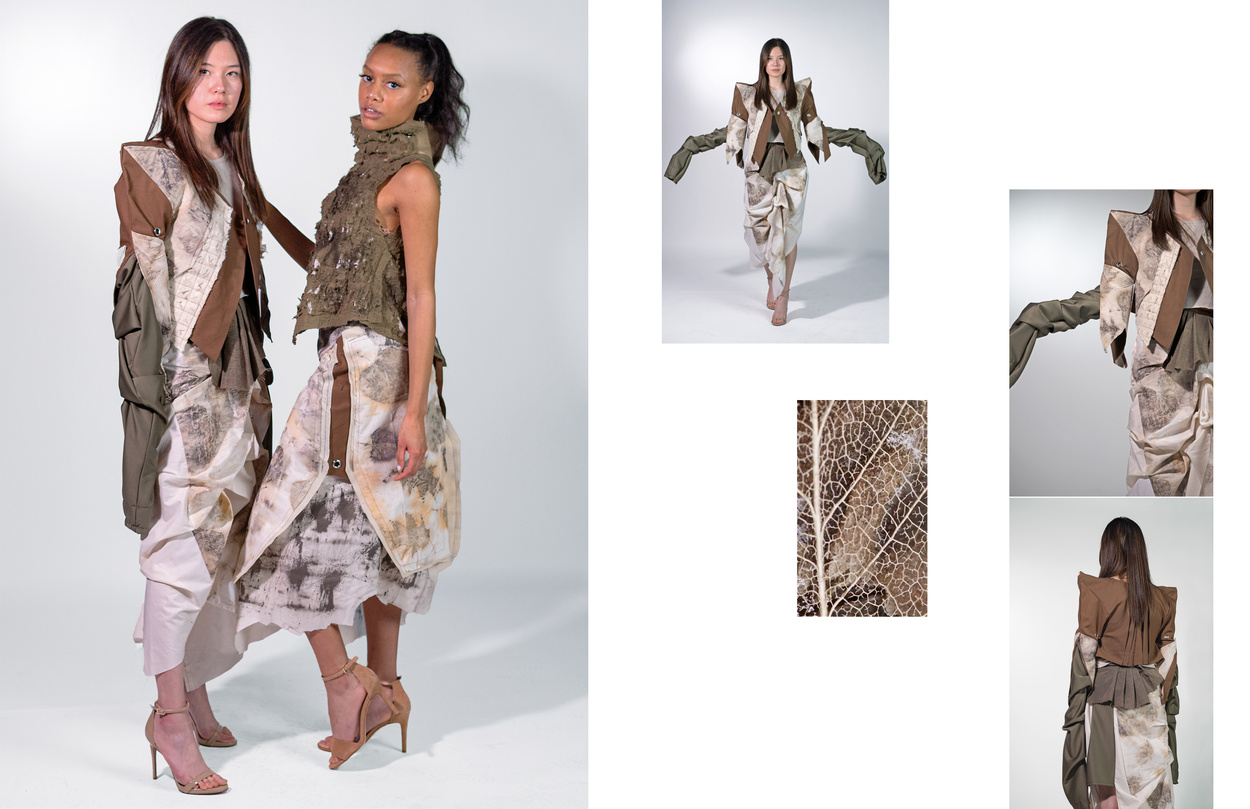
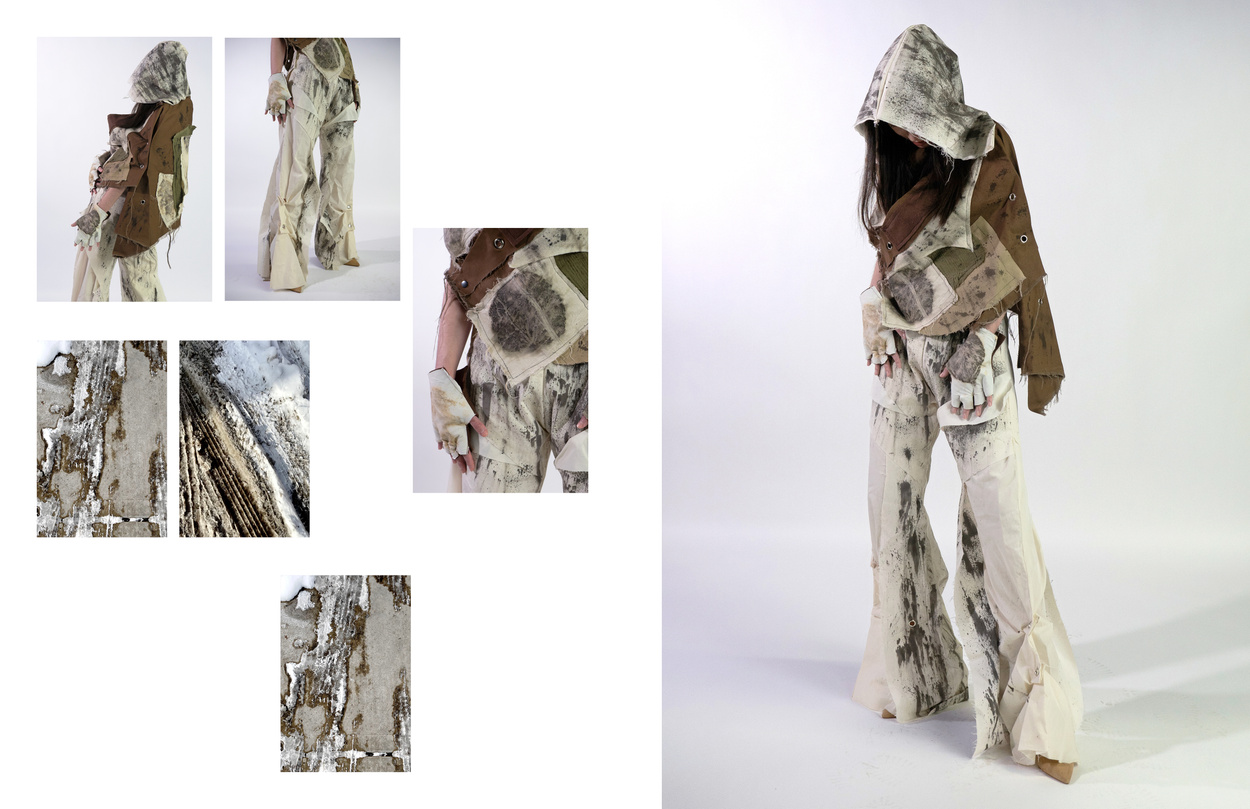
How would you spend the next decade if you somehow knew that it was your last?
For the past year, I have been adapting to the new lifestyle shifted from a student to a full time designer. It has definitely not been easy in the first place in terms of managing time and figuring out what I really want to do as a creative individual. It has been challenging to create freely within a corporate profession, but the treat is always gaining more professional experience and technical insights which is crucial when it comes to executing design ideas. Recently I found myself in a better flow where I got way more inspiration from architecture and I’m able to translate that into other projects in parallel to incubate something new. We will see what happens.
Contact Info:
- Website: https://seamlabcom.cargo.site/
- Instagram: https://www.instagram.com/nnn_aes?igsh=OGQ5ZDc2ODk2ZA%3D%3D&utm_source=qr
- Linkedin: http://www.linkedin.com/in/sean-meng-546503240/
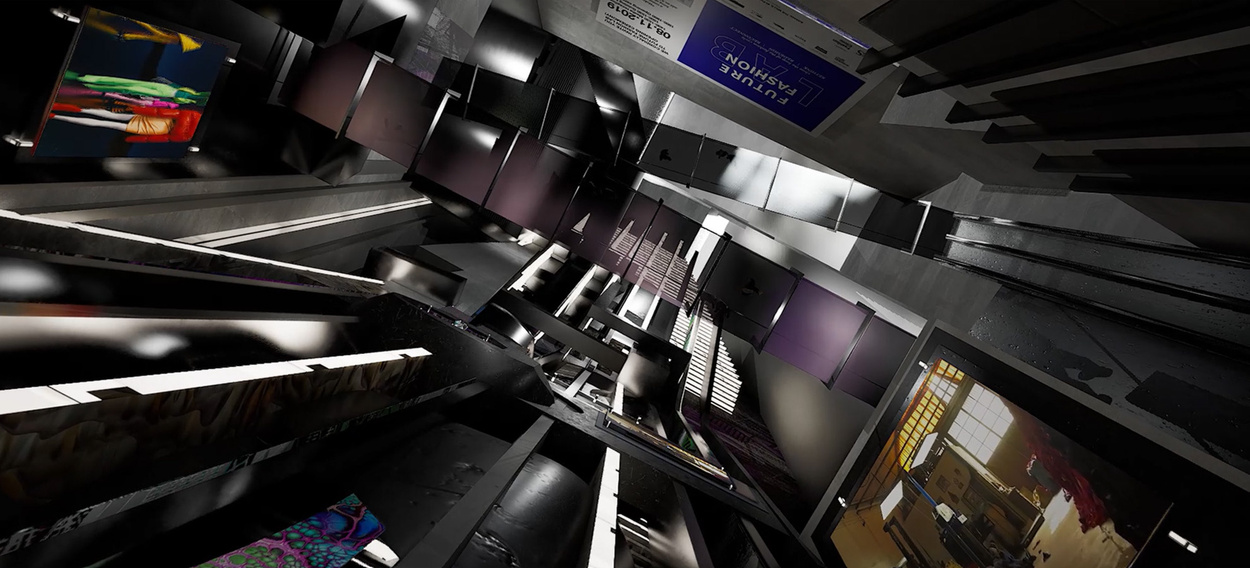
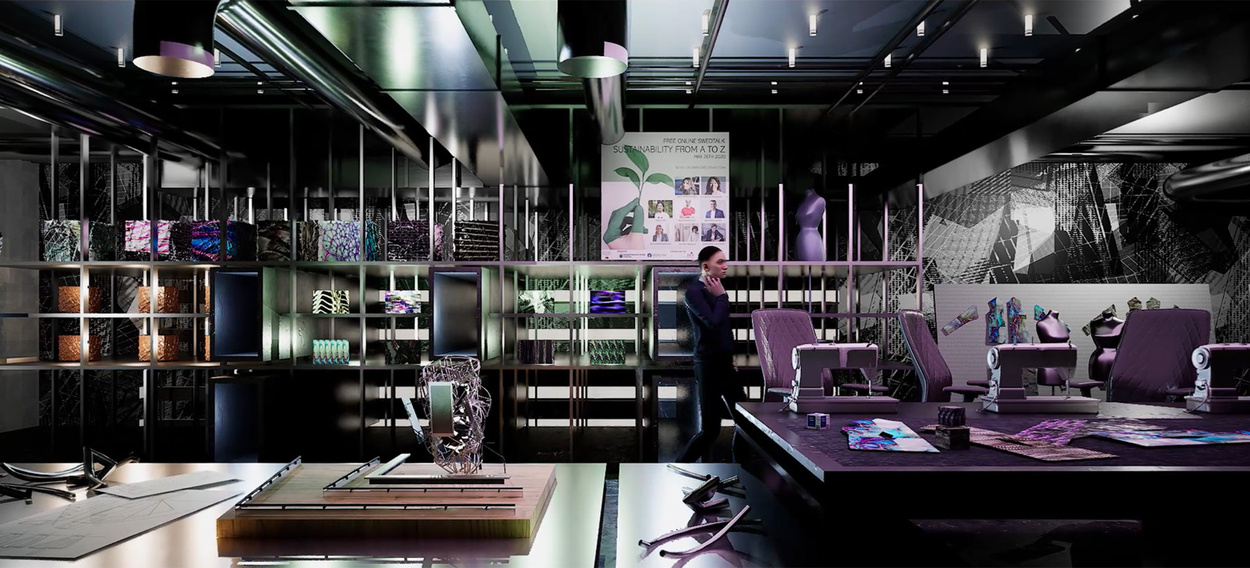
Image Credits
image 1-2: Sean Meng & Manan Vikam
image 3-4: Sean Meng & Shuocheng Li
image 5-6: Sean Meng
image 7-8: Sean Meng & Poorva Joshi
so if you or someone you know deserves recognition please let us know here.

